The Little Treasures from Thebes: Animal Themes in the Egyptian Museum
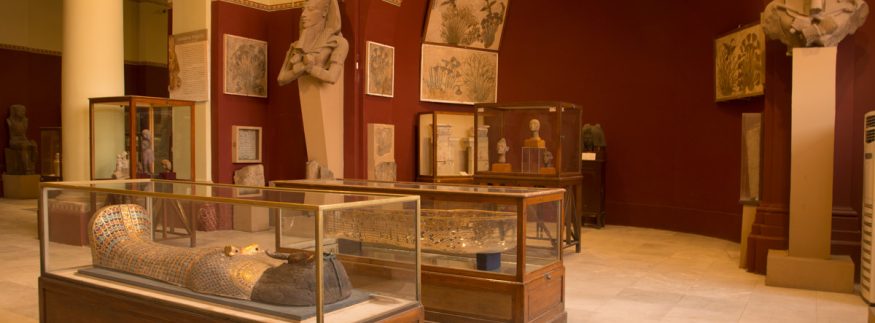
Cairo 360
Image via website
The Egyptian Museum is home to the most important historical artefacts from Egypt’s rich history. It’s not only big statues and relics but also small things that can go under the radar. Small statues and drawings of animals are among the less noticed artefacts, but they are definitely not less in importance or beauty.
Animals were so crucial to the ancient Egyptians throughout all the kingdoms, not just in the sense that gods took animal forms in the ancient Egyptian belief system, but that human virtues were attributed to animals as well.
The Meidum Geese of the Old Kingdom
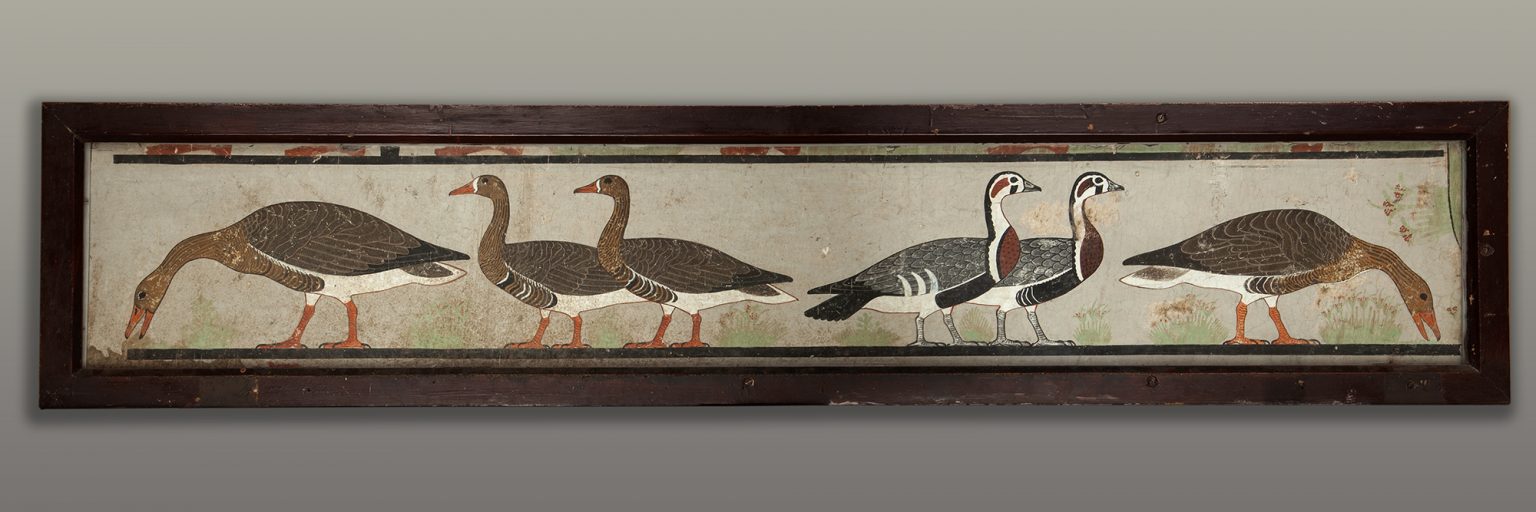
This beautiful depiction of geese was found in Meidum at the Mastaba of Nefermaat, and it’s painted on plaster. Drawings of animals are commonly found in tombs; this one was part of a larger scene showing men catching the geese and offering them to the tomb owner, Nefermaat’s wife, Itet.
This painting is unlike any other of its kind in terms of attention to detail and the quality of its execution. It is labelled “Egypt’s Mona Lisa”. The significance of this depiction of geese is not just artistic and historical, it’s scientific as well. The researcher Anthony Romilio believes that this drawing is the only known documentation of this extinct species.
As ancient Egyptians believed in an afterlife, their tombs were as important, if not more, than their houses. The presence of so many drawings of animals on the walls of their tombs shows the level of respect and curiosity with which they held the animal world.
The Faience Hedgehog of the Middle Kingdom
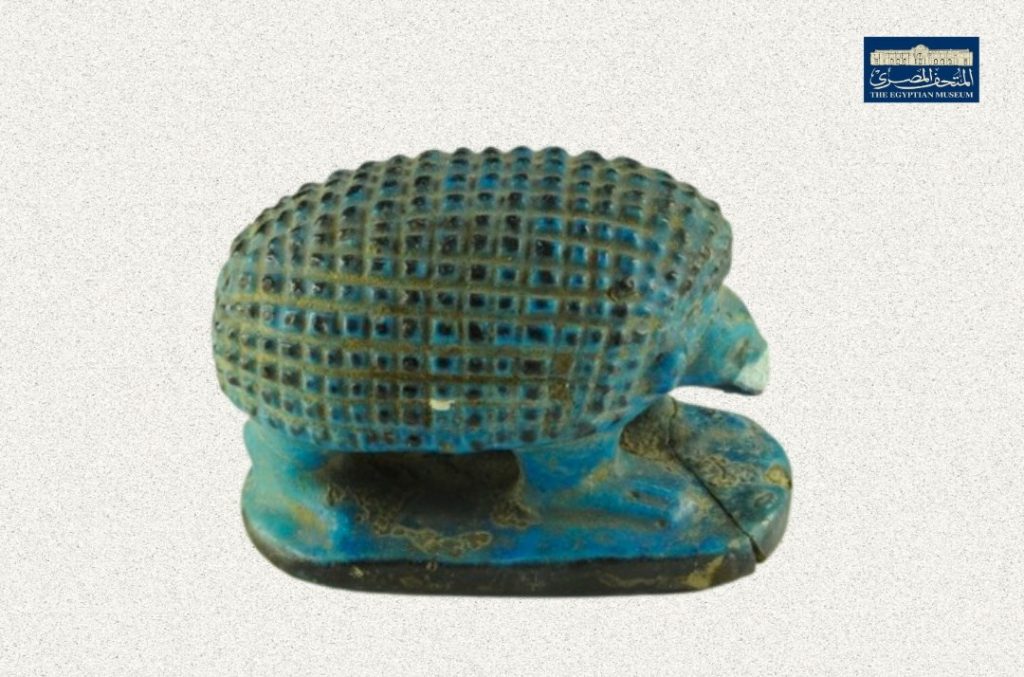
Among the treasures of the Egyptian Museum, a small hedgehog made of blue faience caught our attention. Its shape is very distinctive and rich in detail. It was found in 1893 in one of the Theban tombs in the Qurna area, and dates back to the Middle Kingdom.
This statue is not just a piece of art. It was placed beside the deceased in the tomb, as it was believed that its presence protected them in the afterlife. The hedgehog lives in very severe conditions and can even resist a scorpion’s poison. As a nocturnal animal, it was revered by ancient Egyptians, who viewed it as a protector and associated it with overcoming danger and rebirth. It was also a widespread belief at the time that hedgehog oil cured baldness!
This hedgehog figurine is one among many, and not all of them were used in tombs. The hedgehog was incorporated in jewellery, as an amulet, as a decorative element on the bow of boats, and finally in containers for cosmetics.
Glass Fish-Shaped Cosmetics Container of the New Kingdom
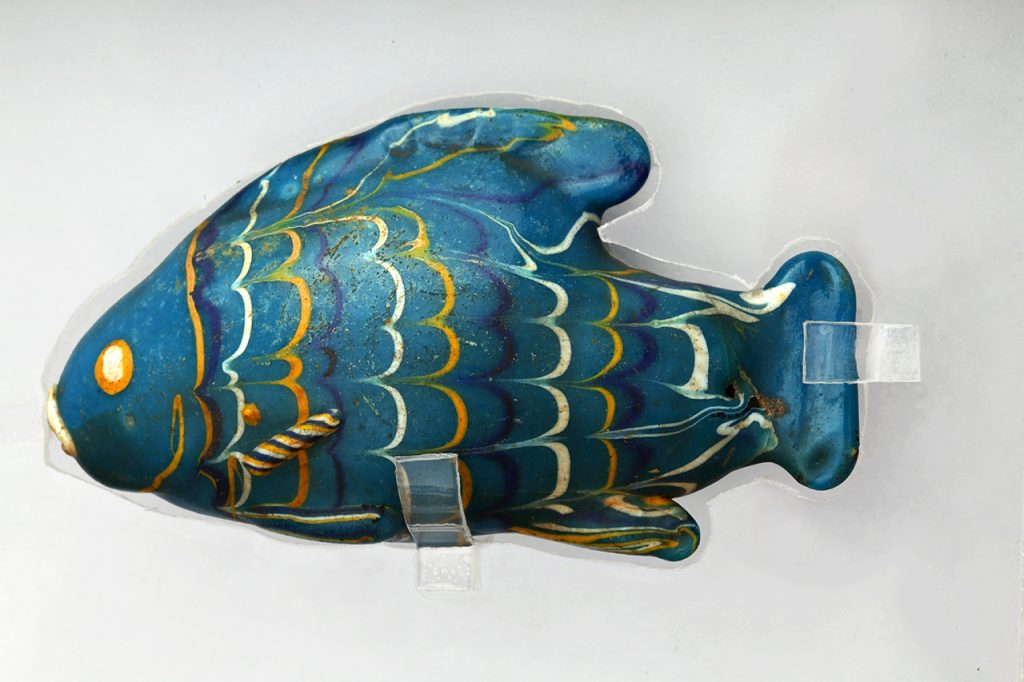
This figurine is of a Nile tilapia, which is a recurring motif for decoration in ancient Egypt, especially during the New Kingdom. This one was found in Saqqara and is made of different kinds of clay to create the details seen on it, such as the stripes, eye, and mouth.
Freshwater fish were sacred in ancient Egypt as they were a symbol of flooding and the abundance of the Nile River. When the flooding of the Nile receded, a large number of fish were trapped in the mud, making it easy for Egyptians to gather for food.
It’s also most associated with the goddess Hatmehyt, who is depicted as a fish or as a woman with a fish emblem as a crown. She was believed to be responsible for the flooding of the Nile and the birth of all its fish.
The Egyptian Museum: A Trove of Treasure
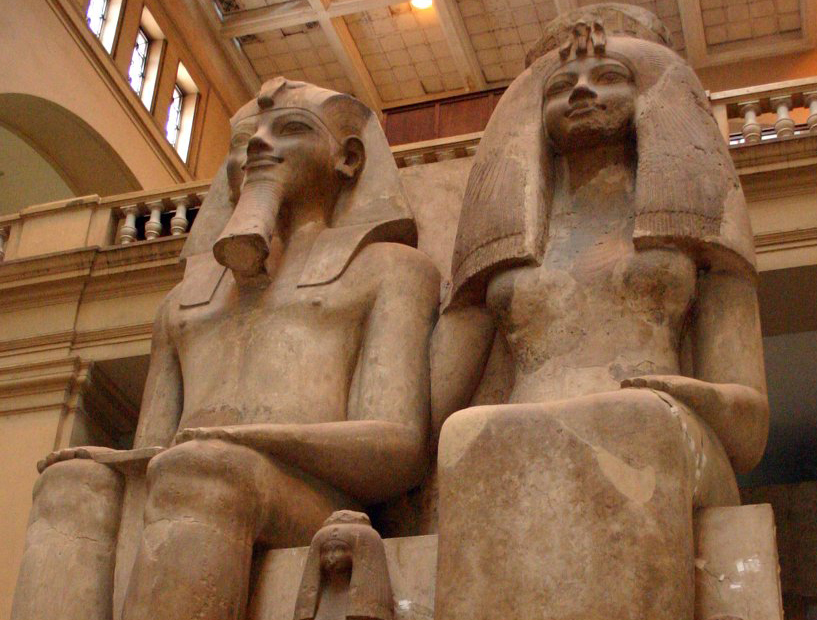
Image via website
These aren’t the only masterpieces you’ll see at the Egyptian Museum. The museum is a treasure in itself! It consists of two floors: The ground floor is dedicated to heavy artefacts such as coffins, statues, and stone inscriptions. The upper floor contains lighter artefacts such as manuscripts, statues of gods, mummies, objects from daily life, statues from the Greek and Roman eras, and complete collections such as the Tutankhamun collection.
If you haven’t visited the Egyptian Museum yet, you’re missing out on much of Egypt’s beauty and history. Every single artefact there has an ancient magical story, as we’ve seen, even a tiny hedgehog can have a story worth telling!
recommended
 Beverages
Beverages
Sip Happens: Cairo's Coolest Summer Menus for 2025
Cool Beverages dara's +6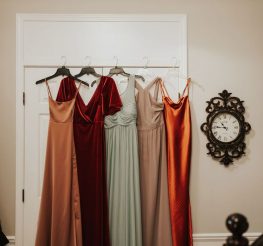 City Life
City Life
Wedding Guest Dress Code: How to Style for Sahel vs. City Ceremonies
City Weddings Sahel Weddings +1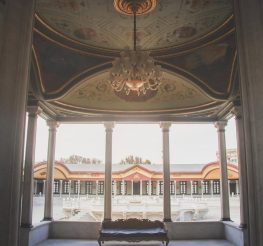 Arts & Culture
Arts & Culture
A Palace Fit for a Love Story: Why Everyone’s Talking About the Muhammad Ali Palace
architecture cairo history +3 Cafés
Cafés

